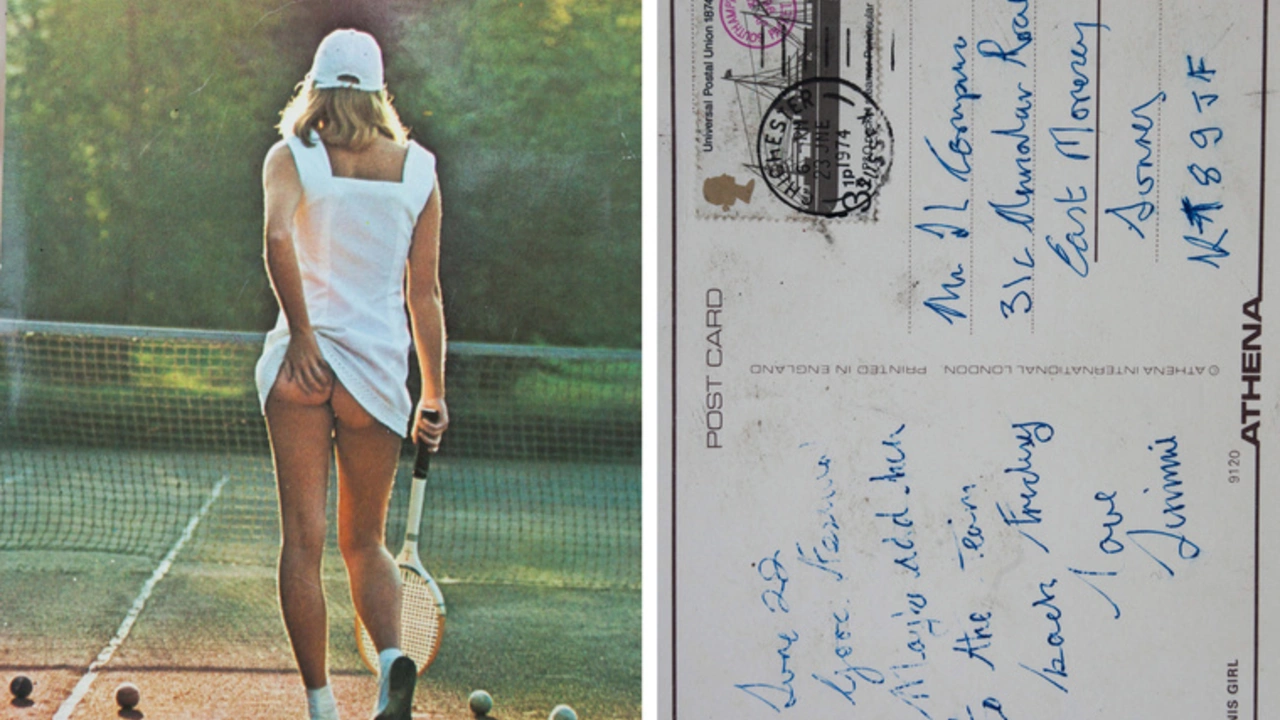Understanding the Basics of Tennis Scoring
As a beginner in the world of tennis, the scoring system can seem a bit complex. Unlike most other sports, where the score increases by a single point, tennis scoring has its own unique system. Games start at zero, referred to as 'love', then ascend to 15, 30, and finally 40. But what if both players reach 40 points simultaneously? This, my dear readers, is where 'deuce' comes into play, and things start to get really interesting.
What does Deuce Mean in Tennis?
When both players reach a score of 40-40, we say that the game has reached 'deuce'. The term 'deuce' in tennis is derived from the French phrase "à deux le jeu", which translates to "to both is the game". This essentially means the game is tied and could go either way. Deuce indicates a particularly tense and competitive point in the game as it essentially resets the score and requires either player to win by a margin of two points.
The Rules of Deuce
The rules of deuce are simple yet fascinating. Once a game reaches deuce, the player who wins the next point is said to have the 'advantage'. If the player with the advantage wins the following point, they win the game. However, if the player without the advantage wins the next point, the score returns to deuce. This back-and-forth continues until one player manages to win two points consecutively after deuce.
Advantage In and Advantage Out
There are two types of advantages in a deuce situation: 'Advantage-In' and 'Advantage-Out'. If the server wins the point after deuce, it's referred to as 'Advantage-In' or 'Ad-In'. If the receiver wins the point, it's referred to as 'Advantage-Out' or 'Ad-Out'. These terms denote who has the upper hand in the game at that point.
Strategies to Win at Deuce
When the game reaches deuce, it's crucial to have a solid strategy. This is a pivotal point where the game could swing either way. Since you need to win two points in a row to secure the game, consider focusing on your strengths and exploiting your opponent's weaknesses. Remember, patience and consistency are key at deuce. Avoid going for risky shots and instead aim for consistent, solid hits.
Historical Context of Deuce
The term 'deuce' and the rules surrounding it have a long history dating back to the origins of tennis. The system was designed to keep the game competitive and prevent it from being too easy to win. The concept of deuce also adds an element of suspense to the game, making it more exciting for both players and spectators.
Deuce in Professional Tennis
In professional tennis, deuce can often be the turning point of a match. Many memorable and thrilling moments in tennis history have occurred during deuce situations. For professional players, deuce is not just about scoring, but also about psychological warfare. It's a test of willpower, mental strength, and endurance.
The Impact of Deuce on the Game
Deuce is more than just a scoring term in tennis; it fundamentally shapes the dynamics of the game. It lengthens the game, adds a layer of complexity, and increases the excitement and suspense. It is during deuce that the true mettle of a player is tested, and the thrill of the game is felt most keenly. Understanding deuce is essential to fully grasp the intricacies and beauty of the sport of tennis.

